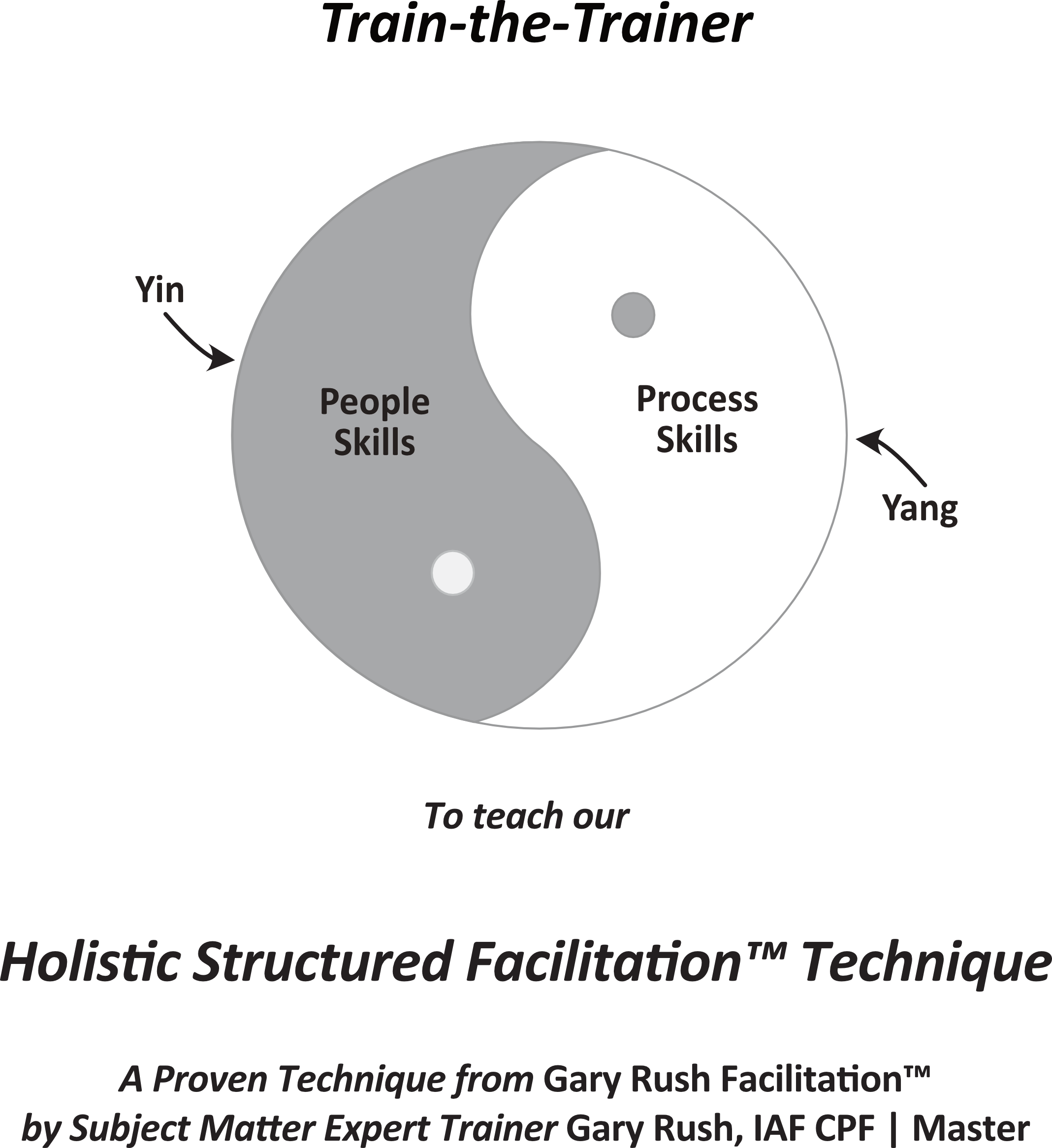March 2016 - The FoCuSeD™ Facilitator eNewsletter

Changing the Relationship between IT and Business | Gary Rush Facilitation
Published in BAtimes February 23, 2016 | "IT As A Strategic Partner"
I’ve been reading about Data Warehouses and Business Intelligence – good reading – but noticed a concept that has been around since the late 1970’s, regarding the relationship between IT and business, that I believe needs to change.
IT has been positioned to support business, that business is their customer. When IT views business as their customer, they work hard to support them, which is good. The reverse, however, is a problem. When the “business units” view IT as a support function they endure their presence. Today, with the growth of Big Data, business intelligence, ecommerce, etc., IT needs to be a strategic partner.
A Strategic Partner
Making a shift to view IT as a strategic partner with “business units” is crucial. Using Big Data effectively and developing useful business intelligence requires both the business involvement – they know their requirements, and technology involvement – they know how to deliver. But, it’s more than that. New technology and new uses of data emerge daily. When IT waits for the business to come to them with a need, business is generally in a reactive mode. When companies strategically tie business and IT as partners they have an advantage as IT can approach business with new ideas, new uses of technology and data; and business can come to IT with ideas for how to use data and technology enabling them to be more proactive. This enables businesses to be more cutting-edge, and more of a leader in their industry, rather than reacting to what others have done. Having better business intelligence about customers, services, products, and market can provide a company with many advantages.
“How to” make this happen…
One of the symptoms of the server/customer relationship is that when IT has a project, it sends its business analysts, data analysts, etc. to individually “interview” the business users for solutions. They struggle to get access to and time to interview – usually, the business users are busy with daily work and leave it to IT to come up with the solution and present it to them. Instead of individual interviews, all of the key stakeholders need to be actively engaged – collectively as a team. The most effective way to do this is through a structured facilitated process. A structured facilitated process not only impacts the busy stakeholders far less than individual interviews, but it also produces a high-value product/solution and is so productive that the stakeholders will take time out to participate. Structured facilitated processes are used for strategic planning, problem solving, decision-making, requirements elicitation, design, etc., and require participation from all stakeholders – including IT. Whenever a project is undertaken (whether technical or non-technical), using a structured facilitated process for continuous engagement and improvement makes more sense – for example, a 3-day structured facilitated workshop to develop requirements replaces 6 to 8 weeks of individual interviewing saving time and expense and has the buy-in from all stakeholders. In addition, it has been proven that the results from structured facilitated workshops are of higher quality, also saves time and expense of correcting defects/re-work after the fact.
Organizationally
IT needs to be on equal footing, organizationally, with every department within a company. When it isn’t (many companies still have IT reporting to the finance department), it is viewed as support rather than strategic. Organizationally, training all data analysts, business analysts, project managers, etc., in effective structured facilitation skills helps create an environment of collaboration to meet project needs and consensus-based solutions. That helps ensure business engagement and improves quality and productivity. Note: Both quality and productivity have been measured at numerous companies and they average 100% improvement.
So…
IT is a strategic partner for business. IT and business units within a company need to be on equal footing and need to work together strategically. Both need to be fully engaged in projects so that they can take advantage of both business and technical knowledge. The best way for this to happen, while ensuring minimal impact on business, is through the use of a structured facilitated process. ![]()
To Train or not to Train… is that even a question? | Gary Rush Facilitation
As a training business selling facilitation skills training to organizations is not easy. Companies frequently want 5 days of instruction in 2 days, oh, and for half the price. People tell me that they ask for my training and are told either that, “It’s too long”, or “It doesn’t fit into the budget.” Both responses baffle me. Training employees costs money, but not training them costs even more.
“It’s too long”
Concern over training time comes from unrealistic expectations. It takes most people 4 or more years to get through college, just to begin working. At work, they are expected to learn a new skill in 2 days – absurdly unrealistic expectations. I see facilitation skills training requests from government and private sectors that ask for the content of a week’s training to be delivered in 2 days to 50 people – with student exercises to reinforce the materials – unrealistic expectations. Learning a new skill takes time and practice. Training needs to cover not only the “how to”, but also the “why” along with practice, so that the students have a better understanding of the underlying concepts of the lessons – it makes application more effective and gives them the flexibility needed to adapt the new skills to their job.
“It doesn’t fit into the budget”
I see quotes, such as, “What if we train employees and they leave? But what if we don’t and they stay?” – attributed to a variety of sources – yet training is still undervalued. Companies are worried about investing in people who may then leave. I say, “Do it anyway – training doesn’t drive people away, instead it provides a return on investment.” If an employee gets trained and then leaves, the problem is not the training – the employee was going to leave anyway, regardless whether he or she gets trained. The problem is elsewhere. Note: I’ve facilitated employee satisfaction sessions, where culture, understanding where the company is headed, and engagement were the top reasons for employee dissatisfaction – nothing to do with being trained. Training adds value:
- Example: If an organization invests $5,000 in training a Business Analyst (that includes salary, tuition, travel, and expenses) they gain $4,991 in benefits the first workshop/meeting that the Business Analyst facilitates – an immediate return on investment. Note: If you would like metrics on how this was measured, please feel free to contact me.
Financially, it’s a no-brainer. Training not only saves money, it also helps an organization make money.
So…
If your organization is looking to save money, become more competitive, and increase the productivity of its most important asset – people – then training is the most effective way for that to happen. ![]()


